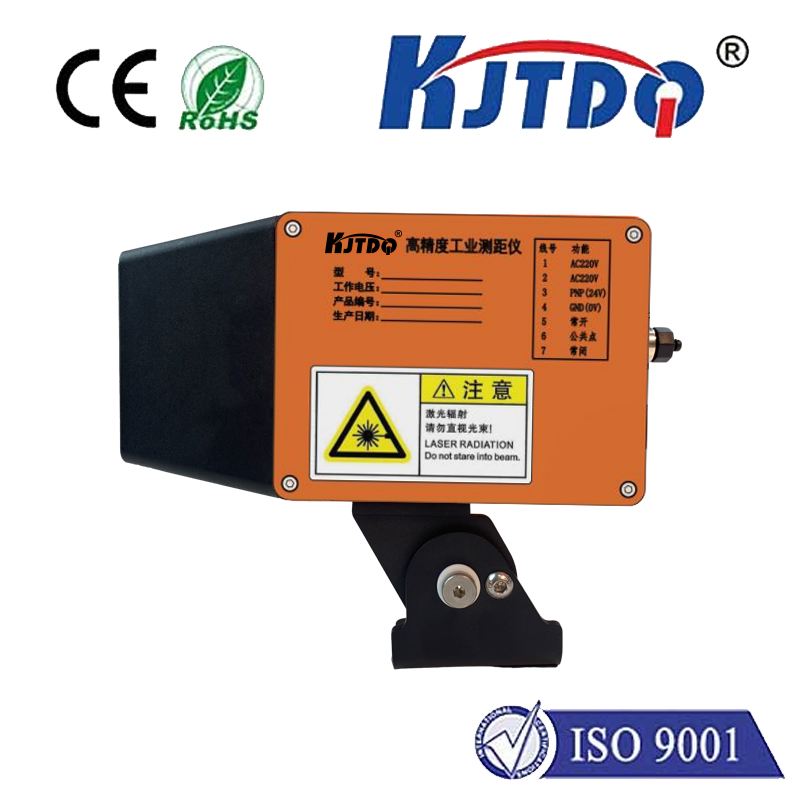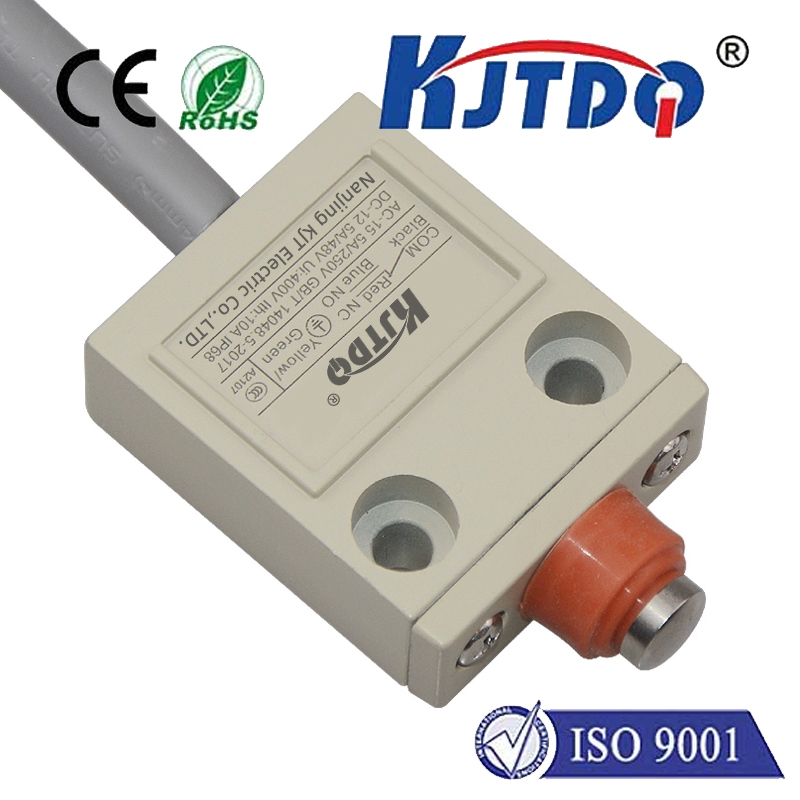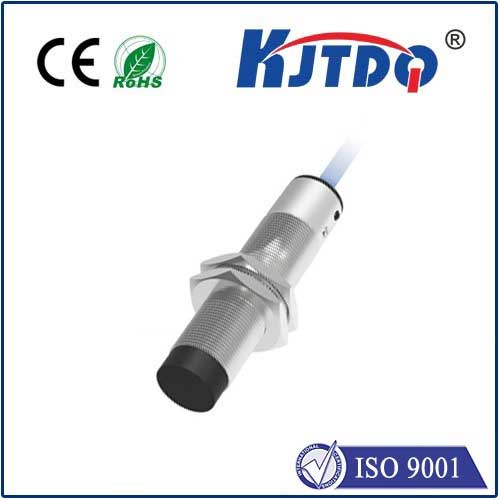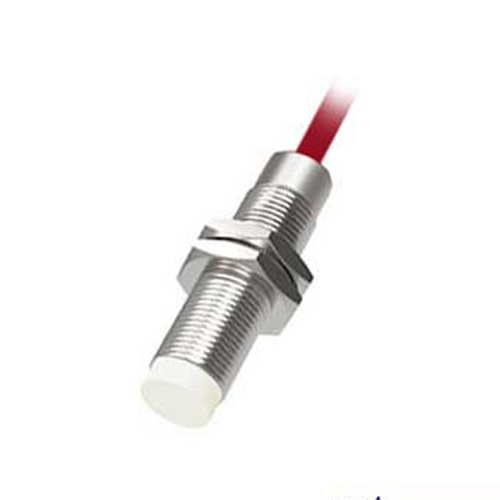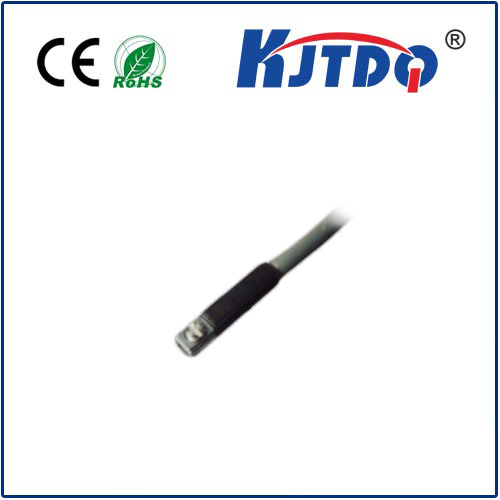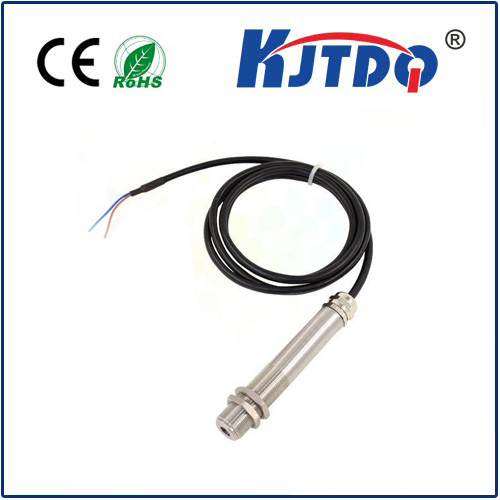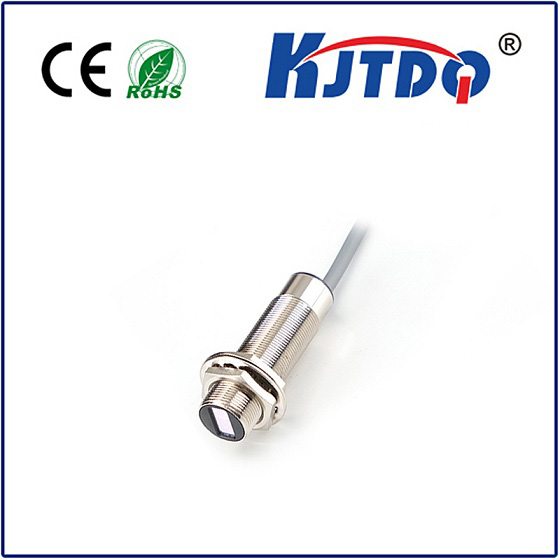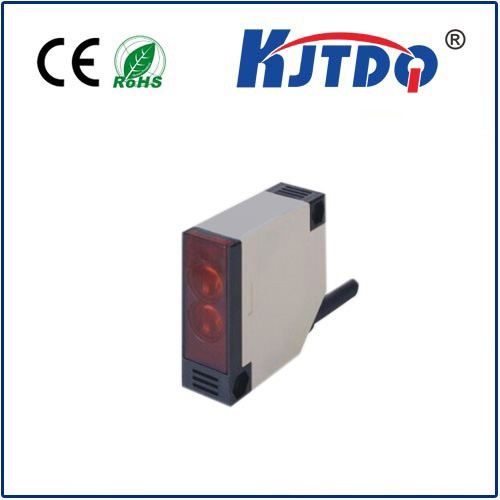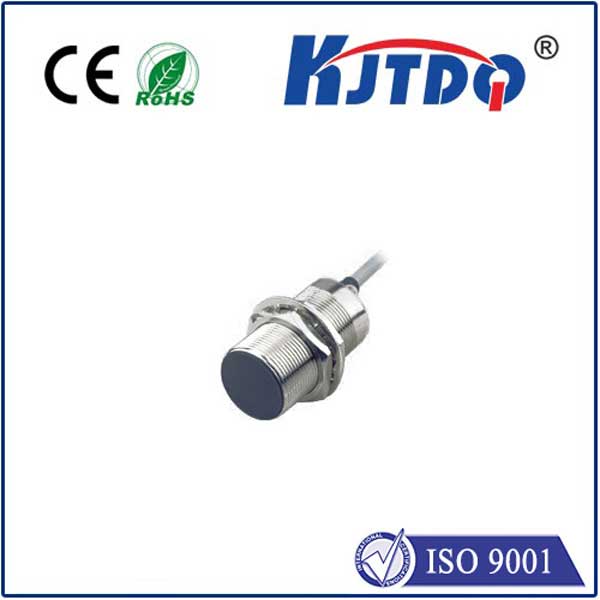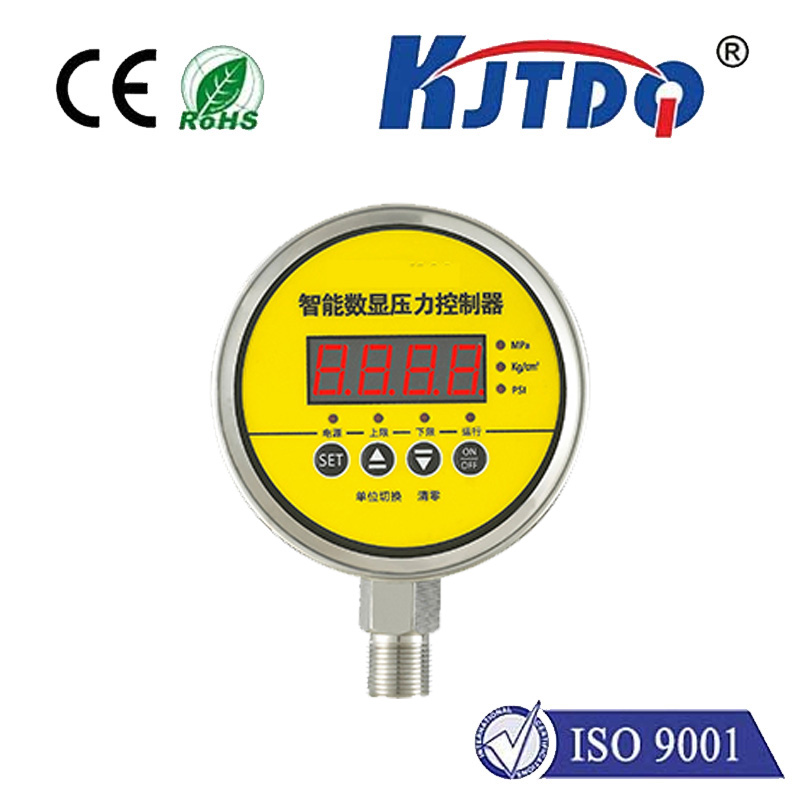npn limit switch
- time:2025-08-06 11:28:20
- Click:0
Precision Control: The Essential Role of NPN Limit Switches in Industrial Automation
Ever wonder how massive industrial machines know exactly when to stop a moving part, reverse direction, or confirm a critical position? Often, the answer lies in a humble yet vital component: the NPN limit switch. More than just a simple button, an NPN limit switch is a sophisticated sensor designed for demanding environments, acting as the eyes and fingertips of automated systems.
Understanding “NPN limit switch” breaks down into two key parts: “limit switch” and “NPN.” A limit switch is a fundamental electromechanical device triggered by physical contact. When an object (like a machine part, door, or actuator) reaches a pre-set position, it presses against the switch’s actuator arm, lever, or plunger, changing its internal electrical state. This sends a clear signal: “Position reached!” NPN, on the other hand, refers to the specific type of transistor output used within the switch’s electronic circuitry. This designation is crucial for understanding how it interfaces with Programmable Logic Controllers (PLCs) and other control systems.
So, why NPN? In industrial electronics, sensors primarily use either NPN or PNP outputs. An NPN output transistor operates as a switching device that sinks current to ground. Imagine it like a gatekeeper for the electrical common (usually 0V or ground) path. In its normal state, the output terminal (often labeled “Black” wire) is internally disconnected from ground (off or open). When the limit switch is activated:
- The internal sensor detects the actuator movement.
- The NPN transistor turns on.
- This creates a conductive path between the output terminal and the ground (-) terminal of the power supply.
- Completing the circuit: For current to flow, the positive voltage (+) from the PLC input must be connected through a pull-up resistor (often internal to the PLC) to the sensor output terminal. When the NPN transistor switches on, it effectively connects the PLC input point to ground, sinking the current. The PLC detects this voltage drop to near 0V as the “ON” or “Active” signal.
This configuration makes NPN sensors, including NPN limit switches, extremely common in regions like Asia and North America, where PLC inputs are often designed to receive this sinking current signal.

Benefits Pivotal for Industrial Use:
- Robustness & Reliability: NPN limit switches are renowned for their physical durability. Designed for factory floors, they withstand harsh conditions – vibrations, impacts, dust, moisture (often IP67 rated or higher), and temperature extremes. Their mechanical design provides a definitive, physical actuation point, ideal for position verification where absolute certainty is required.
- Cost-Effectiveness: Compared to more complex proximity sensors or encoders, standard mechanical limit switches offer a highly economical solution for basic position detection tasks.
- Simplicity & Direct Feedback: The principle is straightforward – physical contact equals an electrical signal change. This directness makes them easy to understand, install, and troubleshoot.
- Standardized Configuration: They typically offer Normally Open (NO) or Normally Closed (NC) contact configurations (or combinations). NO contacts close when the switch is activated, while NC contacts open. This provides flexibility for safety circuits (often using NC for stop signals) or activation sequences.
- Clear Indication: Many models feature visual indicators (LEDs) showing activation status, simplifying maintenance and diagnostics.
Where Exactly Do They Shine? NPN Limit Switches in Action
Look around any automated factory, and you’ll find NPN limit switches performing critical functions:
- Machine Travel Limits: Crucially preventing over-travel on axes of CNC machines, robotic arms, conveyors, or linear slides. They act as the final safeguard, halting movement before collisions or damage occur.
- Position Verification: Confirming the precise location of components like clamps, tool changers, turrets, or workpieces on assembly lines before the next process step begins.
- End-of-Stroke Detection: Signaling when cylinders, actuators, or valves have fully extended or retracted.
- Door/Gate Interlocking: Ensuring safety gates are securely closed (using NC contacts) before potentially dangerous machinery starts operating. They also detect cabinet doors opening.
- Level Detection: Used in some hoppers or tanks to detect minimum or maximum fill levels via a float or lever actuator.
- Material Handling: Detecting the position of pallets, carts, or elevators within material handling systems.
Choosing the Right NPN Limit Switch: Key Considerations
Selecting the optimal NPN limit switch involves several factors beyond just the NPN output:
- Actuator Type: Plunger (straight-line force), lever arm (rotational motion), roller lever (side movement), wobble stick (multiple directions), fork lever (detecting presence). Choose based on the object’s movement path and required force.
- Contact Configuration: Normally Open (NO) or Normally Closed (NC). Define the required logic state (active high/low) for your control system when the switch is actuated. Safety circuits often mandate NC contacts.
- Electrical Rating: Ensure the voltage and current ratings (operating voltage, max switching current/power) match your PLC input module or relay requirements. Low-current PLC inputs are standard for solid-state outputs.
- Environmental Protection (IP Rating): Select an IP rating (e.g., IP67, IP69K) suitable for the application’s exposure to dust, water, chemicals, or washdown conditions.
- Mechanical Life: The expected number of actuations (often millions) based on operational frequency and load.
- Electrical Life: The expected switching cycles under rated load.
- Mounting: Ease of installation and adjustment is vital. Consider brackets, mounting holes, and adjustability.
The Unsung Heroes of the Factory Floor
While newer technologies like proximity sensors get much attention, the NPN limit switch remains an indispensable workhorse. Its combination of robust mechanical design, the clear electrical interface provided by the NPN output, cost-effectiveness, and reliability makes it fundamental for countless safety and position control tasks. From stopping a giant press before catastrophe to confirming a tiny component is perfectly in place, these switches are the silent sentinels, ensuring precision, safety, and smooth operation across the vast landscape of industrial automation. Understanding their function and proper selection is key to designing robust and reliable control systems.






